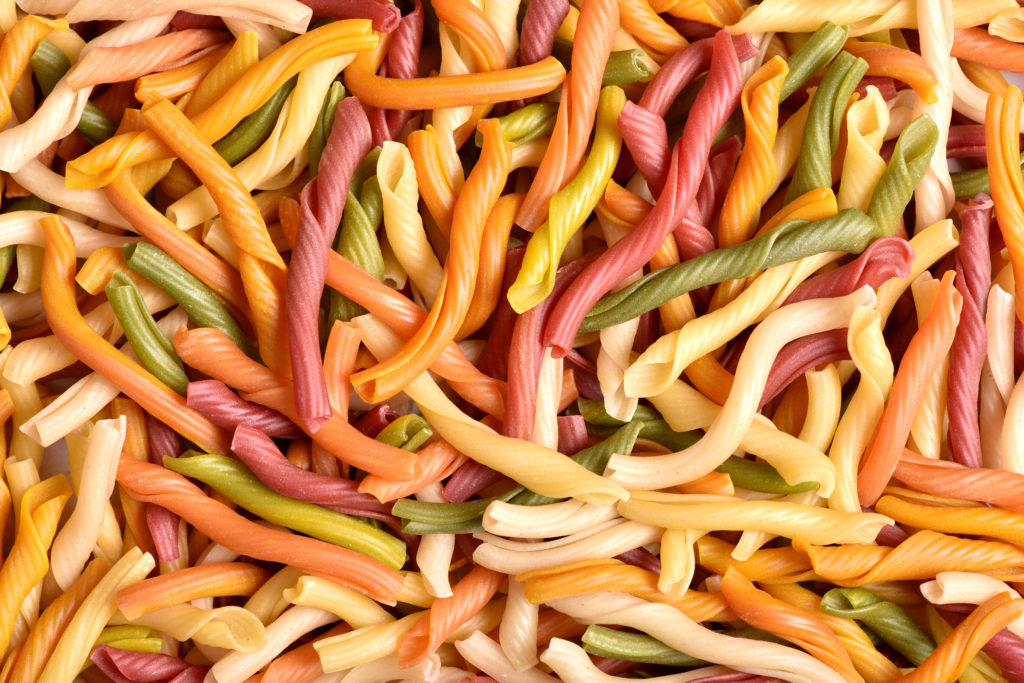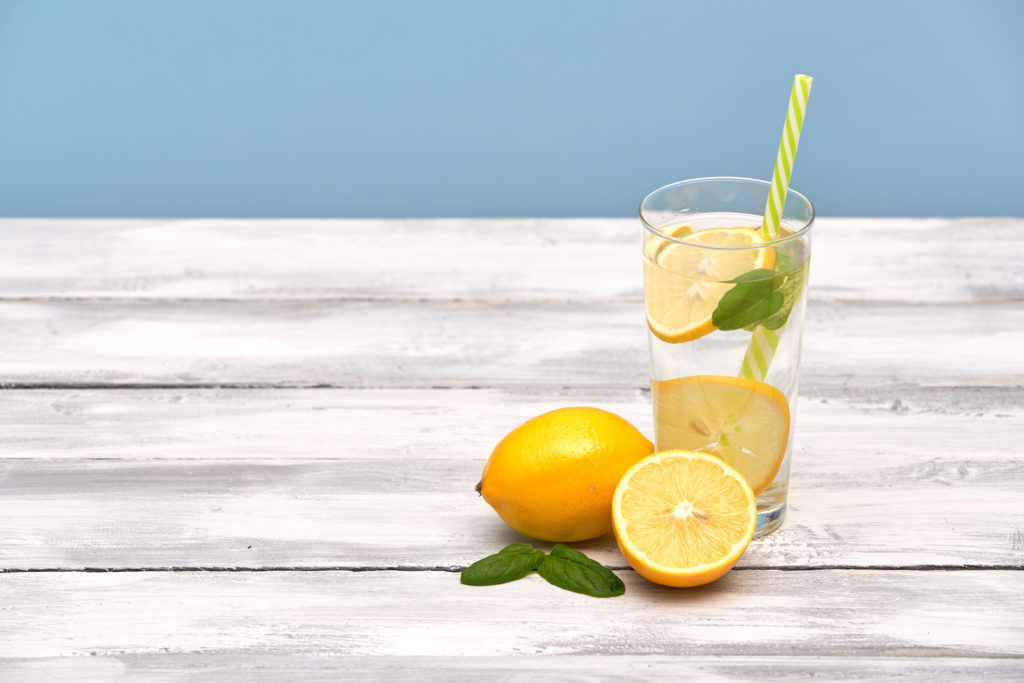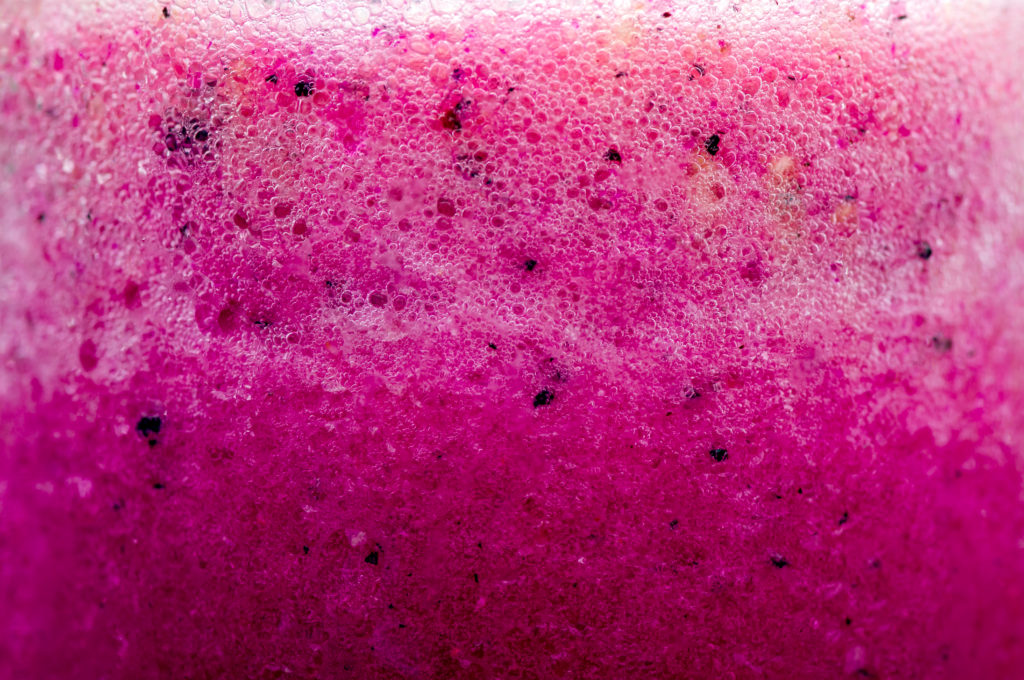
- cart Free Trial
Book your Bespoke Consultation Now! Book Consultation
CHANGING THE NARRATIVE

According to the American College of Sports Medicine (ACSM) & the American Heart Association (AHA) “physically active” is the equivalent of either:
We can already begin to see that active is a flexible term and one that is relative to the person in question. Simply put, it’s someone that moves their body regularly – whether that be part of their job (manual workers, nurses, fitness instructors) or through their training – and manages to raise their heart rate during.

However we choose to be active, ensuring that we have adequate fuel in the tank will allow us to maximise performance. That fuel is going to come from the carbohydrates and/or the fats you consume.
Fats are the body’s preferred source of fuel for low-intensity activity. Think sleeping, sitting down at work or at home, walking the dog, Pilates & Yoga.

On the other hand, carbohydrates are rocket fuel. When we go into high-intensity activity, weights sessions, HIIT classes, cycling, etc, carbs are the body’s go-to fuel source. Even those tougher low-impact workouts will favour carbohydrates if the intensity is enough to cause sufficient levels of stress.
When considerings foods to fuel activity, my top three factors:
1. What is the session coming up?
2. When is the session starting?
3. Where is the session happening?

Is the session going to be low-intensity or high-intensity?
The more intense the session, the better you will be consuming carbohydrates. The less intense, the less your body will rely on carbs.
How long is the session – 30mins? 60mins? 90mins?
The longer the session the more carbohydrate you’ll need. Research suggests that 30-60g of carbohydrate is sufficient to fuel 60 minutes of exercise, that’s the equivalent of one or two bananas, or three to four dates.

The closer you are to training, the more mindful you will need to be about food choices. The last thing you want is to get halfway through your session and come up against severe gut issues. It is not uncommon for runners to not finish a session due to severe stomach cramps from inadequate pre-training food choices.
Larger meals should be eaten further away from training, typically 2-3hrs, to allow for adequate digestion. Closer to training, you might want to opt for fast digesting foods with little to no fibre to avoid gut issues.

You will want to consider where you are, particularly if you train outside. Adequate hydration is a vital component in performing well in training. However, when training in hot & humid conditions, it becomes even more important.
Hydration is also a concern if you are someone who tends to sweat a lot during training. Even a 2% drop in body water levels can lead to dehydration, and impede training performance.

In order to ensure adequate fuelling, it can take a little experimenting with specific foods, and amounts, but once you know what works for you it is easier to not shift too far from those.
I like to have one or two options that I know are going to support my needs. My current favourite pre-workout meal at the moment though is probably a smoothie that I can have about 1-2hrs prior to my session.

• 1 Scoop of Vanilla Protein Powder
◦ Whey or vegan
• 25-50g of Oats
◦ The longer the session the more I will put in)
• 100g of Frozen Cherries
• 1 LEVEL Tbsp Peanut Butter
◦ Level means level – everyone loves to overdo the peanut butter
• Water or Milk of choice
◦ I opt for water out of personal preference, but be mindful of the extra calories from the milk if your goal is fat loss.
If I’m really tight on time, and less than 60 minutes from training, do not be surprised if you see me grab a packet of Pop Tarts or a bowl of cereal!
To sum up, try to make mindful choices that will help fuel the upcoming activity, allowing you to feel more energised throughout the day.
Thanks for reading.
JD